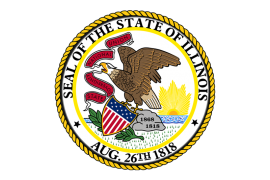An Irish classmate of mine at De LaSalle High School once told me that his dad read the newspaper from back-to-front. The old man flipped from the sports section to the obituaries to the political headlines, ever alert to any items related to his family or to their jobs.
Reliable local journalism: This is – or regrettably was – an essential nutrient for both our family and the neighborhood grapevines.
It’s all well and good to know about the latest blowup in the Middle East or how the big presidential impeachment vote went down. But when the mayor has a falling-out with your ward committeeman, or when CPS withdraws charter school funding from next year’s budget, well, that’s a 4-11 alarm bell.
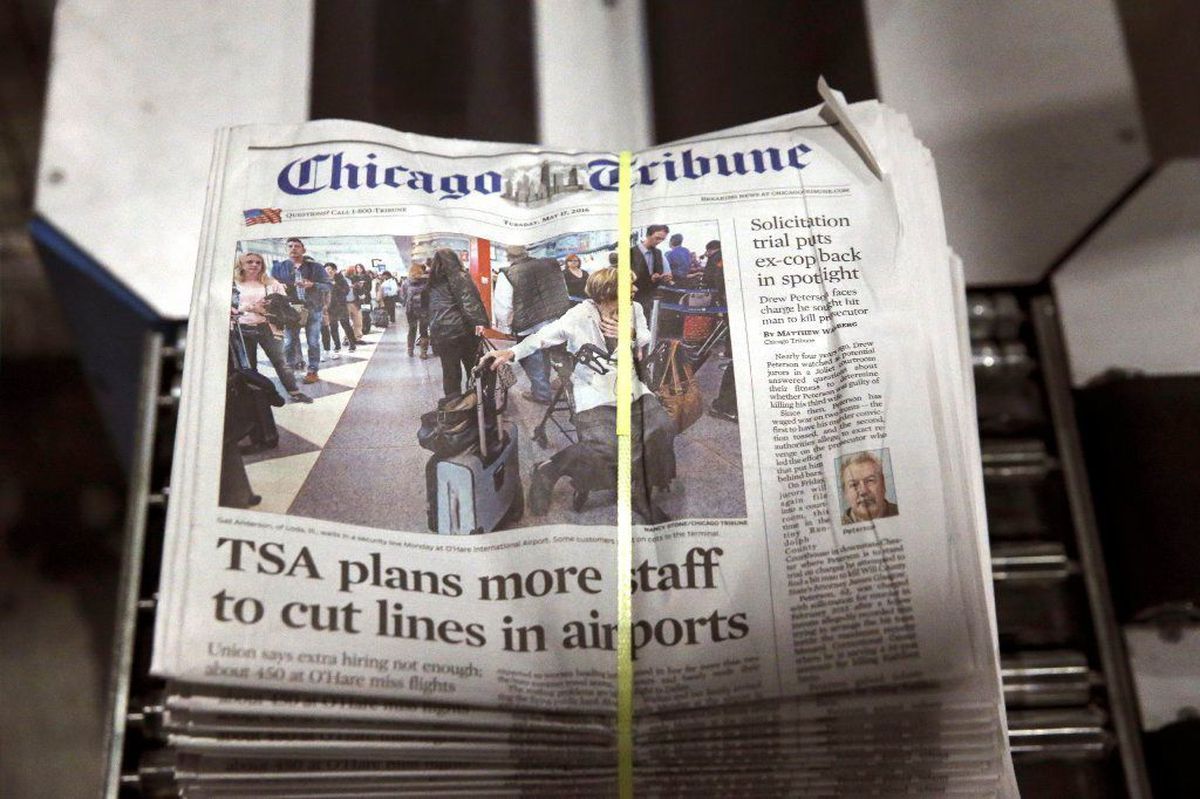
But like there are “food deserts” on the South and West sides, where when a grocery chain closes, aldermen go in search of a replacement to avoid Blacks having to catch the bus for a loaf of bread, we find ourselves often in a “media wilderness”, where the trio of relevant writing, proofreading and fact checking by an editor, and a publisher on hand to insure civic benefit, is absent.
So although I’m not always in agreement with the Chicago Tribune’s editorial page – or its approach to covering the African-American community – I shudder to think what’s ahead now that a cost-cutting New York hedge fund has purchased a big stake in the holding company that controls our city’s oldest and largest newspaper.
An Urgent Threat
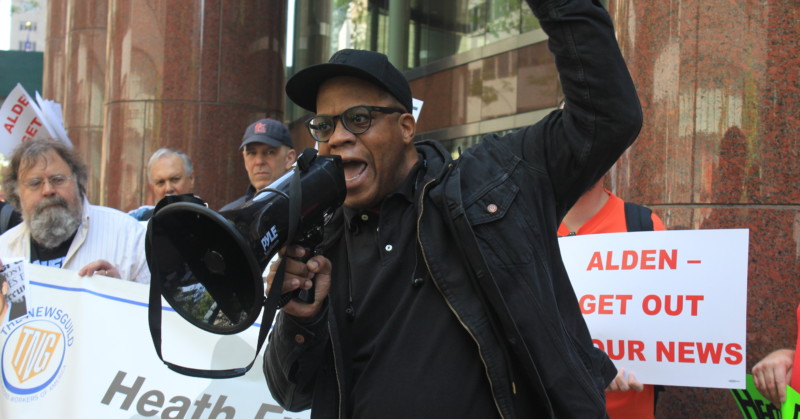
Elsewhere, these cost-cutters have slashed local news gathering in favor of less expensive wire service reports from D.C., Paris or Beijing. Why pay skilled reporters and editors to dig into thorny issues at City Hall, or review an opening at the Lyric, never mind cover prep sports, when pages can be filled more economically with wire stories about Congress, about diet dinner recipes, and gossip about the Oscars?
In a recent and gutsy op-ed published in the New York Times, Tribune investigative reporters David Jackson and Gary Marx warned that their newspaper “faces an urgent threat.” That is, if Alden Global Capital does in Chicago what it has already done to newsrooms in Denver and other cities where it has pounced.
“Alden has imposed draconian staff cuts that decimated the Denver Post and other once-proud newspapers that have been vital to their communities and to American democracy,” wrote Jackson and Marx in their op-ed. “Those newsrooms, which put a spotlight on local political corruption, have served as forums for community voices and have driven the coverage of regional television, radio and online outlets.”

Granted, this situation is not new amongst newspapers and other print media nationwide. A capital-intensive business model that begins with chopping down Canadian trees and ends with door-to-door physical delivery is no match for the Internet, where entry costs are minimal and virtually anyone can play at being a reporter/editor/publisher.
So now we have a Web-based media jungle that has bombarded us with disinformation, misinformation, and outright lies, not to mention politicians – no names, please – who thrive in just such an environment.


It’s a situation that has driven many, including this writer, to turn increasingly to the New York Times, the Washington Post and The New Yorker Magazine – publications that adhere to time-honored standards of truth and tell-both-sides fairness.
Not that I don’t still have bones to pick with our “legacy” print media. But if publications like the Chicago Tribune are to somehow rebound, they’ll need to do a better job speaking to the informational needs and habits of Blacks, a logical urban constituency. But, I’d argue that our print journalism has rapidly lost ground in its coverage of and about Black people, and issues that are of concern to us.
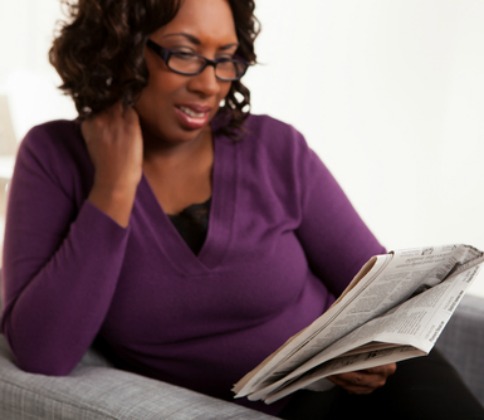
Insulting “Of Color” Usage
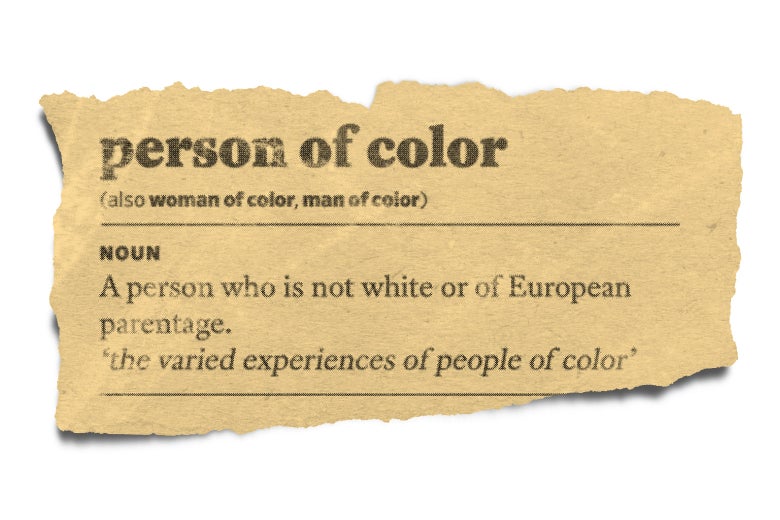
One issue that has beleaguered and baffled me is the media’s frequent use of the term “of color” when referring to Blacks, or “African-American” when referring to Black people.
Consider our journey from negro (small n) to Negro, thence to “colored”, thence to Black in the 1960/’70s when “Black is Beautiful” rang true. This regression to “of color” – an expression reminiscent of “colored” – strikes me as offensive, maybe even intentionally so.

A recent New York Times page 2 article headlined “Political Parties and the Black Vote” used the term “of color” over 12 times in referring to Blacks. Try to imagine routinely referring to whites as people “not of color”!
Even Casey Cep, writing in The New Yorker about the struggle to identify and preserve landmarks of Black history and culture, succumbs to the “of color” slur. Ms. Cep follows the work of Brent Leggs, director of the African American Cultural Heritage Action Fund, which is part of the National Trust for Historic Preservation.
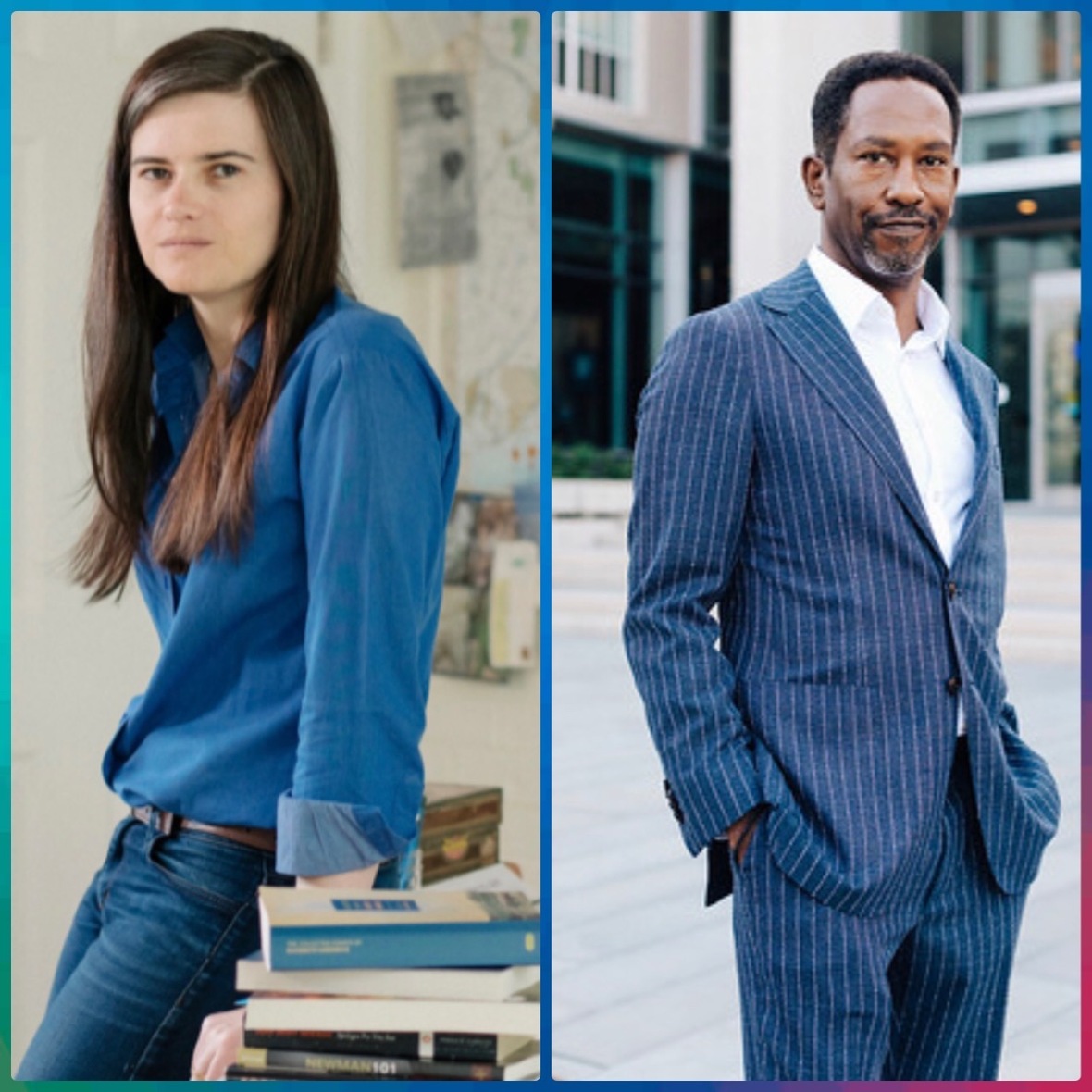
Preservationist Leggs is working with activists, archeologists, and historians to preserve and promote the Fort Monroe site in Hampton Beach, Virginia. This is an army base on the spot where African slaves first arrived in America in 1619. Later it became known as Freedom Fortress, after 500,000 slaves emancipated themselves during the Civil War.
Another Leggs project is The Hill, an historically Black neighborhood in the town of Eaton on Maryland’s Eastern shore. Since its founding in the ‘60s, the NHPA has identified nearly two million locations worthy of preservation and has engaged millions of Americans in the work.
It has helped to generate an estimated two million jobs and more than a hundred billion dollars in private investment. However, racial bias written into the selection criteria means the lion’s share of these benefits has gone to mostly white (people “not of color”?) Americans.
Modest buildings like slave cabins and tenement houses were long excluded from consideration. Meanwhile, historically Black neighborhoods were actively erased, often intentionally, by insurance-motivated arson, or in later decades by highway construction, gentrification and urban renewal. Connecting the dots between burning down slave cabins to Negro Removal (urban renewal), Cep has done a major civic informational service.
But she disappoints when she writes the following: “While state and federal institutions were largely neglecting these areas, communities of color began protecting them on their own.” How can a writer who knows better, writing about slave cabins and Black neighborhood destruction, start talking about communities “of color”?
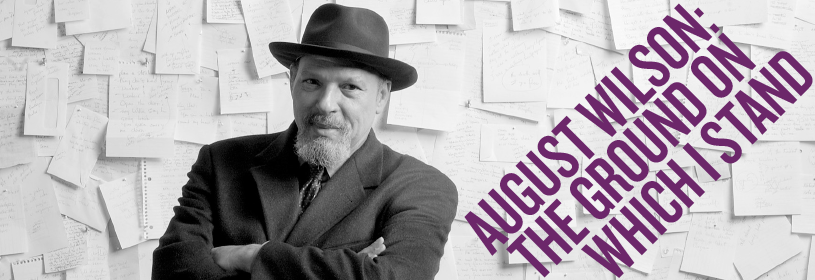
The late, great playwright August Wilson said it best in his seminal book The Ground On Which I Stand:
“ We are not ashamed and do not need you to be ashamed for us. Nor do we need the recognition of our Blackness to be couched in abstract phrases like ‘artists of color’. Who are you talking about? A Japanese artist? An Eskimo? A Filipino? A Mexican? A Cambodian? A Nigerian? An African American?
“Are we to suppose that if you put a white person on one side of the scale and the rest of humanity lumped together as nondescript “people of color” on the other side, that it would balance out? That whites carry that much spiritual weight? We reject that. We are unique and we are specific.”
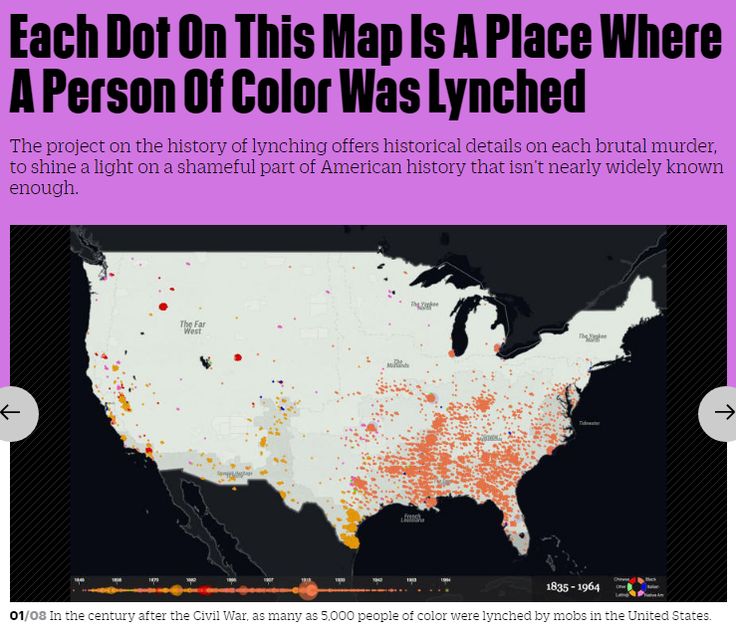
Finding Solace And Joy
The “of color” horse may be too far out the barn now, but we can lock the door more securely. Media-wise, we find ourselves between two boulders and a hard place. One boulder being social media – Facebook, Instagram, etc. – whose output does not have the journalistic cred to insure that what the reader gets is not garbage.


The other fast-moving boulder is the rapidly declining print newspaper. The hard place is the advertising- and subscription-supported New York Times et. al., who may mean well, but continue to sling the degrading “of color” term…among other slights.
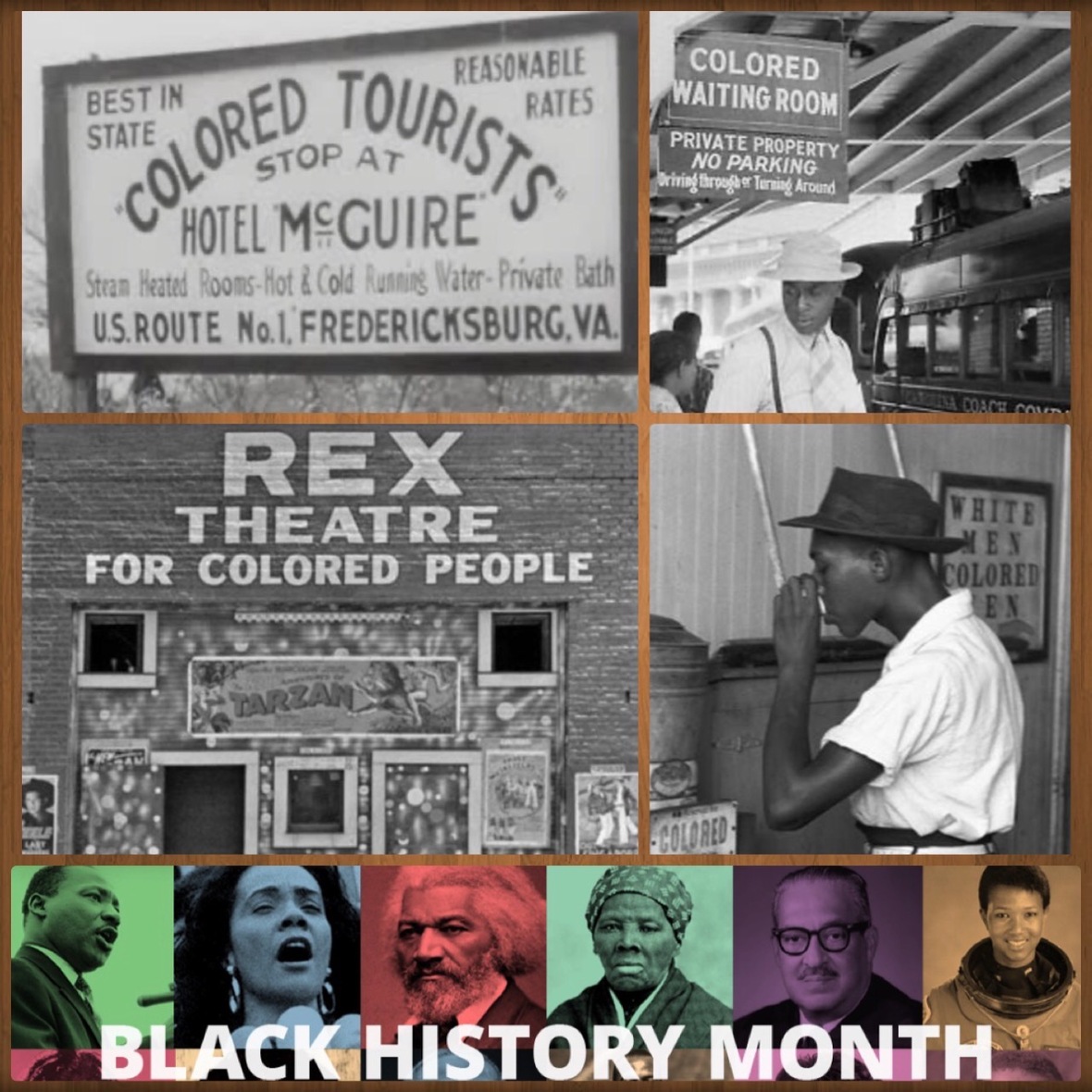
Still, it is imperative that we support and appreciate a well-written piece of literature – be it a print newspaper explainer, an online magazine article, or a book – and perhaps more importantly, that we transfer our delight in these things to a next generation too easily dazzled by the snap, crackle and pop of Internet ephemera and outright lies.

For those who have learned to be critical but not cynical about the written word, I say, come on in, the water’s fine.
And then, once you hit a vein of literary gold, relay your findings to, say, a Hermene Hartman of N’DIGO publications or a Melody Spann of WVON radio. They might host a forum among radio disc jockeys, writers, TV hosts, students and seniors to discuss the use of terms like “of color.”
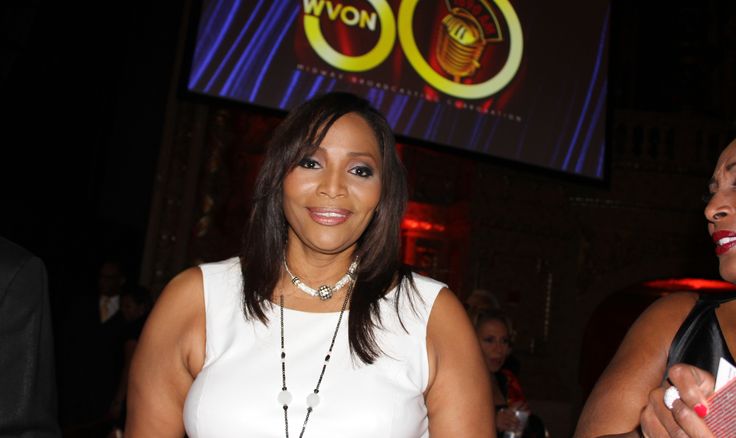

Is this an improvement from where we’ve come from, when we were commonly and openly called the N-word? Moreover, how can we let our dissatisfaction be known about the shallowness of today’s print media and the unfiltered disinformation flooding our cell phones?
Where do we go for relief from our technology addiction and somehow find solace and joy in the written word and subsequent conversation it invokes?
Black people need to stay woke, sure, but we won’t remain there unless we come up with our own latter-day version of those reliable but vanishing newspapers, the ones best read back-to-front.

(Paul King is a construction industry consultant and member of the Business Leadership Council.)




